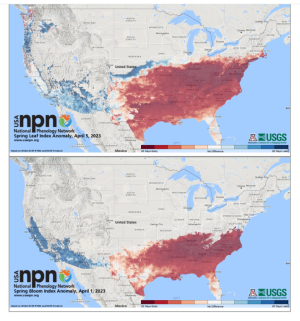thistlebloom
Garden Master
- Joined
- Dec 1, 2010
- Messages
- 16,473
- Reaction score
- 17,414
- Points
- 457
- Location
- North Idaho 48th parallel
Snow? That's just wrong. We aren't late, the spring is just slow, and we had a real winter this year instead of the milder ones we've had the last couple.
We went for a drive Sunday, down the two laners around Lake Coeur d' Alene. We had sunshine, a little rain, and a bit of snow. That's what I like about spring. The weather may be threatening, but it's just a toddler pout and changes quickly to something else.
We went for a drive Sunday, down the two laners around Lake Coeur d' Alene. We had sunshine, a little rain, and a bit of snow. That's what I like about spring. The weather may be threatening, but it's just a toddler pout and changes quickly to something else.





